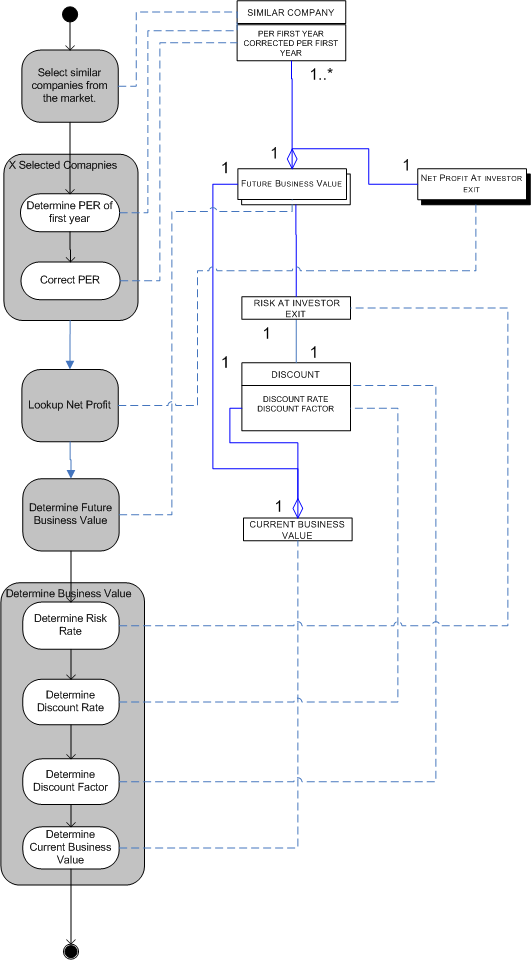| Multiple | Definition | Advantages | Disadvantages |
|---|
| EV/Sales | Enterprise value / net sales | - Least susceptible to accounting differences
- Remains applicable even when earnings are negative or highly cyclical
| - A crude measure as sales are rarely a direct value driver
|
| EV/EBITDAR | Enterprise value / Earnings before Interest, Tax, Depreciation & Amortization and Rental Costs | - Proxy for operating free cash flows
- Attempts to normalize capital intensity between companies that choose to rent rather than own their core assets
- Most often used in the transport, hotel and retail industries
| - Rental costs may not be reported and need to be estimated
- Ignores variations in capital expenditure and depreciation
- Ignores value creation through tax management
|
| EV/EBITDA | Enterprise value / Earnings before Interest, Tax, Depreciation & Amortization. Also excludes movements in non-cash provisions and exceptional items | - EBITDA is a proxy for free cash flows
- Probably the most popular of the EV based multiples
- Unaffected by depreciation policy
| - Ignores variations in capital expenditure and depreciation
- Ignores potential value creation through tax management
|
| EV/EBIT and EV/EBITA | Enterprise value / Earnings before interest and taxes (and Amortisation) | - Better allows for differences in capital intensiveness compared to EBITDA by incorporating maintenance capital expenditure
| - Susceptible to differences in depreciation policy
- Ignores potential value creation through tax management
|
| EV/NOPLAT | Enterprise value / Net Operating Profit After Adjusted Tax | - NOPLAT incorporates a number of adjustments to better reflect operating profitability
| - NOPLAT adjustments can be complicated and are not applied consistently by different analysts
|
| EV/opFCF | Enterprise value / Operating Free Cash Flow OpFCF is core EBITDA less estimated normative capital expenditure requirement and estimated normative variation in working capital requirement | - Better allows for differences in capital intensiveness compared to EBITDA
- Less susceptible to accounting differences than EBIT
- Use of estimates allows for smoothing of irregular real capital expenditures
| - Introduces additional subjectivity in estimates of capital expenditure
|
| EV/ Enterprise FCF | Enterprise value / Free cash flow Enterprise FCF is core EBITDA less actual capital expenditure requirement and actual increase in working capital requirement | - Less subjective than opFCF
- Better allows for differences in capital intensiveness compared to EBITDA
- Less susceptible to accounting differences than EBIT
| - Can be volatile and difficult to interpret as capital expenditure is often irregular and “lumpy”
|
| EV/Invested Capital | Enterprise value / Invested capital | - Can be useful where assets are a core driver of earnings, such as for capital-intensive industries
| - Book values for tangible assets are stated at historical cost, which is not a reliable indicator of economic value
- Book value for tangible assets can be significantly impacted by differences in accounting policies
|
| EV/Capacity Measure | Depends on industry (e.g. EV/subscribers, EV/production capacity, EV/audience) | - Not susceptible to accounting differences
- Remains applicable even when earnings are negative or highly cyclical
| - A crude measure as capacity measures are rarely a direct value driver
|

